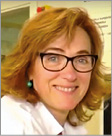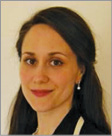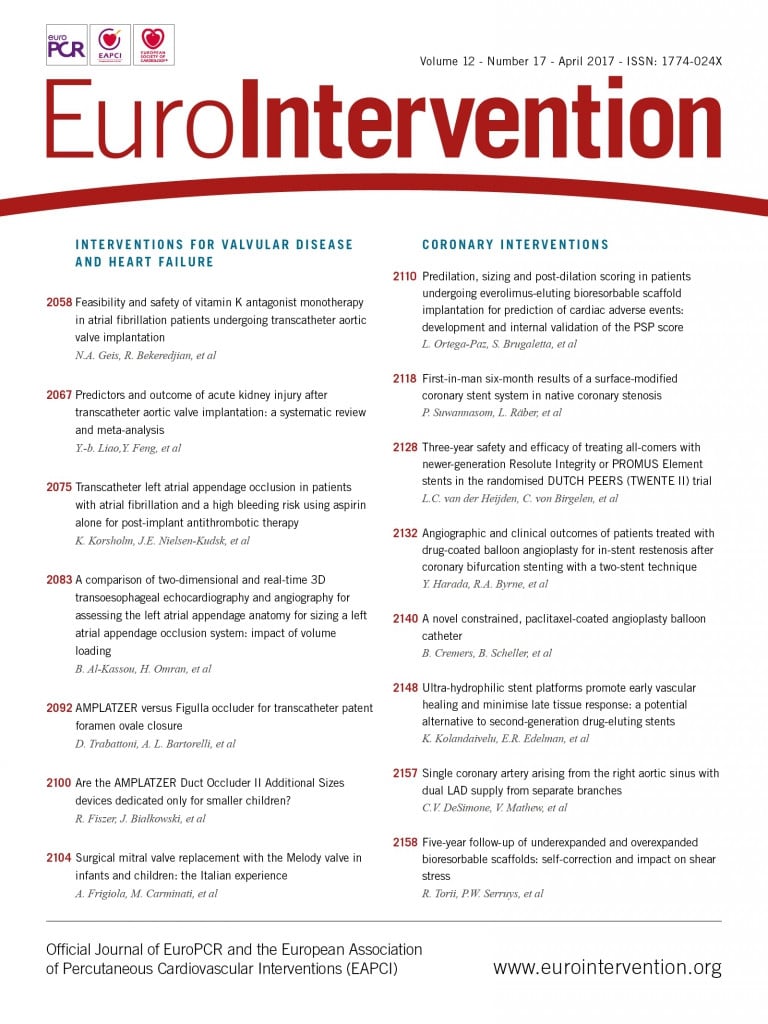Update on the EAPCI Women Committee
An interview with Fina Mauri and Maria D. Radu, Chair and Co-Chair

Fina Mauri, MD, PhD
Hospital Universitari Germans Trias i Pujol (Universitat Autònoma de Barcelona) Barcelona, Spain

Maria D. Radu, MD, PhD
Dept of Cardiology, The Heart Center, Rigshospitalet, University of Copenhagen, Copenhagen, Denmark
What are the aims of the EAPCI Women’s Committee?
At present, our aims are to decrease gender disparity at the patient as well as the professional level such that hopefully, in the future, our committee will no longer be needed.
How are you working to attain these goals?
By investigating the extent and causes of cardiovascular issues related to gender, we seek to have an influence at the patient level. While we are not currently involved in public campaigns to increase awareness of women’s poorer cardiovascular outcomes, we believe that the establishment of relevant data will positively influence the debate seen both from the patient and physician perspective. Furthermore, by working alongside our male interventional colleagues, we wish, together with them, to establish similar professional possibilities for both genders. Today we have an amazing network of women and men working on our different missions. We number around 50 members, with 30 in the steering committee. Our committee is composed of several subgroups, each dealing with different topics: scientific; network and web communications; career building; and subgroups working on improving our relationship with other similar networks, namely the EAPCI Women and WIN group, working with our colleagues in the US, and a subgroup dedicated to improving conditions for female patients and professionals in “challenging” countries.
What are the current challenges?
They are numerous: having the possibility of working as interventional cardiologists despite being women of child-bearing age; having more female representation on the councils of scientific societies; having the economic possibility of conducting trials in which the importance of gender differences is examined and detailed in both coronary and structural diseases.
And the future?
Currently, we are conducting a survey on radiation (see the April 2017 electronic issue of EuroIntervention), and a multicentre collaborative study on bioabsorbable vascular scaffolds (BVS) which merges BVS databases with the aim of examining outcomes and gender bias with BVS. In the long term, we hope to have a well-functioning international network which will have come a step closer to the understanding of gender differences in manifestations of cardiac disease and to improving treatment disparities. At the same time, we hope to have gained increased visibility for female interventionalists in both scientific research and daily clinical practice.
What would motivate a young interventionalist to join your committee?
The sense of belonging to an EAPCI committee, and hence being part of the ESC, further reinforces the way we approach our activities, but what really matters is having the possibility of working for something that has a personal meaning – to decrease the disparity between individuals – and to work with passionate professionals who are equally committed, dedicating their time towards a better development of care for all patients – irrespective of whether they are men or women.
![]()
Join the EAPCI Women Committee for a dedicated meeting at EuroPCR 2017, Wed. afternoon 17 May! Share experiences, enhance visibility and increase the number of members – women and men who are interested in gender-related issues.
To join the EAPCI and the Women Committee write to: [email protected]
|
NEWS ■ ESC Congress 2017 Spotlight: “40 years of PCI”. Submit your Late Breaking Science by 21 May 2017! ■ For more information check out www.escardio.org/ESC2017 ■ EAPCI Fellows Course 2017 will take place at EuroPCR on Monday 15 and Tuesday morning 16 May. For more information, see www.pcronline.com/Courses/EuroPCR/EuroPCR-2017/Programme/EAPCI-Fellows-course ■ Join us for the free EAPCI webinar on 23 June “Focus on bleeding management strategy in patients under oral anticoagulation after PCI – from randomised clinical trials to the individual patient” with Dr Robert Byrne and Profs Marco Roffi and Andreas Baumbach. Register today! |

